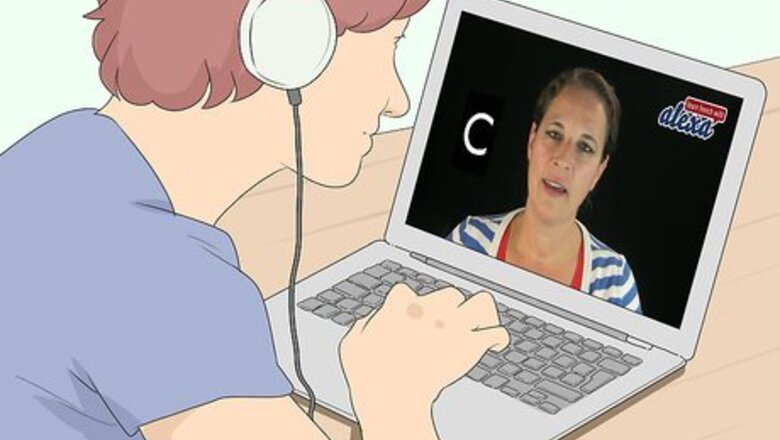
views
X
Research source
However, the pronunciations are almost all different. Learning them is essential to pronounce French words and to learn how to spell in French. In addition to the normal alphabet, there are several additional accents and combinations that you can learn to increase your fluency.
Pronouncing the Basic Sounds
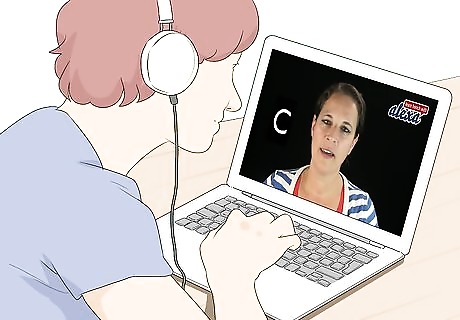
Listen to the alphabet pronounced by a native speaker. You can use YouTube to find many examples of people saying the alphabet, and hearing it is often better than trying to read it. Search online to hear each letter as it is pronounced.

Pronounce A like "Ah." Open your mouth wide to pronounce the first letter. This is similar to a "soft A" in English.
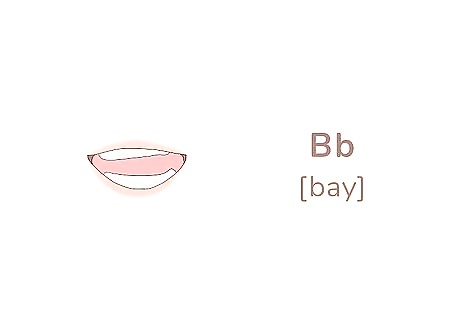
Pronounce B like "Bey" or "Bay." This is a soft sound, like saying "Hey" in English. Think of the first syllable in the word "baby."

Pronounce C like "seh." The is the first letter that varies strongly from the English equivalent. You can also soften the "ay" sound to be more like an "e," pronouncing it "Cey," like the first sound in the word "saving."
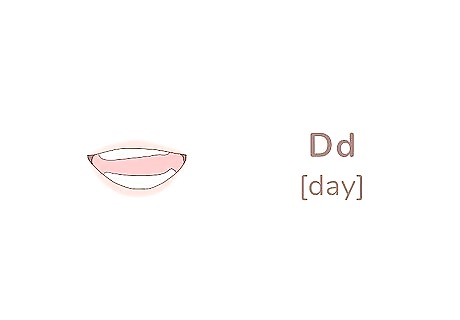
Pronounce D like "deh." Similar to B, C and, later on, V and T. All of these letters use the soft "eh" sound preceded by the letter in question.
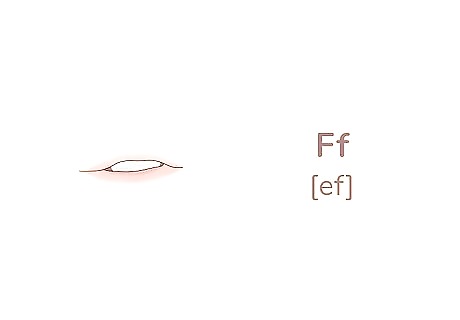
Pronounce F like "ef," exactly how it is pronounced in English. The same sound is used in French as English. L, M, N, O, and S are also pronounced like their English counterparts.
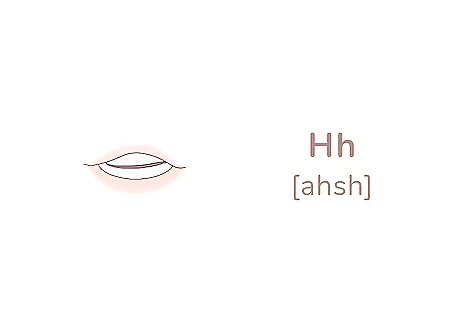
Pronounce H like "ahsh." The beginning is a soft A sound, like "ahhhh," followed by the "sh." It is similar to the sound of the slang word "gosh."
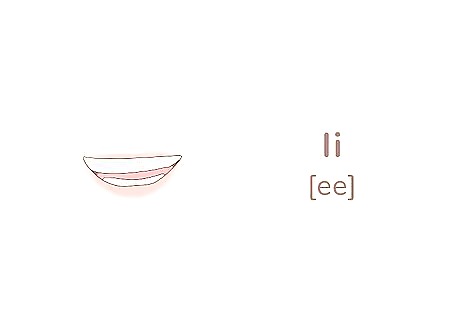
Pronounce I like "ee," using a long E sound in English. I is pronounced like the E in "see" or "be."
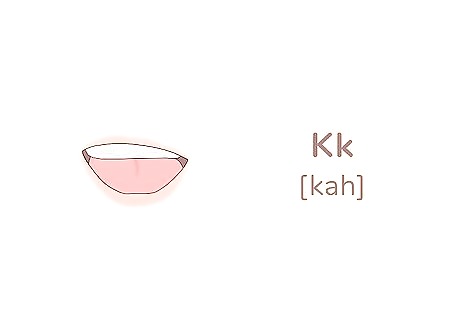
Pronounce K like "kah." This is another easy one.
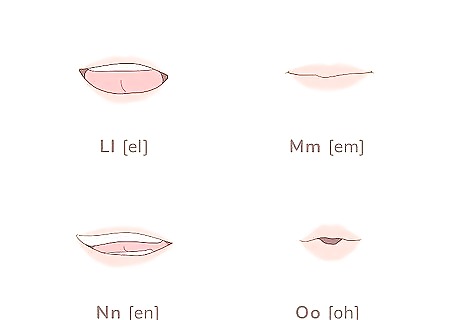
Pronounce L, M, N, and O like their American counterparts. These are simple and easy. They sound just like the English version &rarr: "el," "em," "en," and "oh."
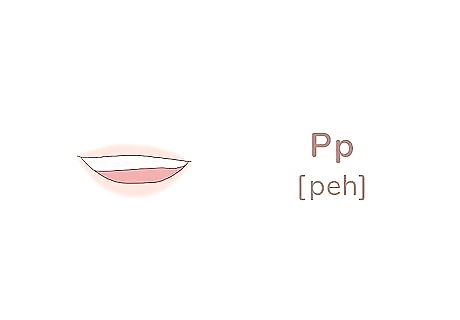
Pronounce P like "peh." It is as simple as the English word for making some money.
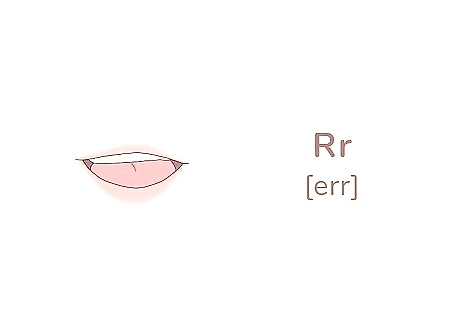
Pronounce R like "err," but with a slightly rolled R. If you can't roll your Rs, that is okay. A simple "err" will suffice. It is similar to the first syllable of the English word "error."
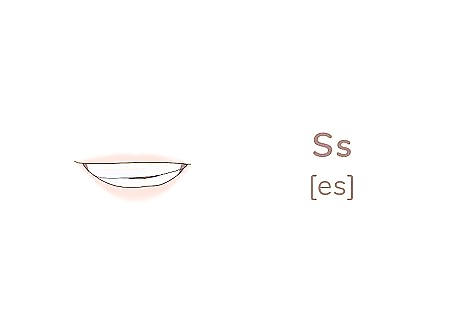
Pronounce S like "es," similar to English. The S is the same sound in both languages.
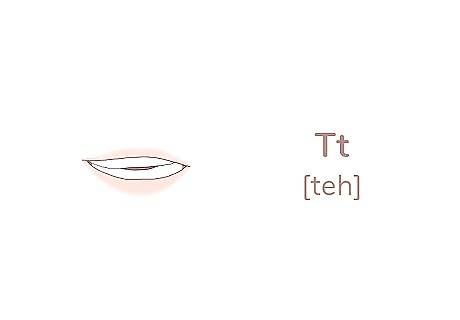
Pronounce T like "teh." A simple pronunciation, similar to B and D. Rhymes with "say."
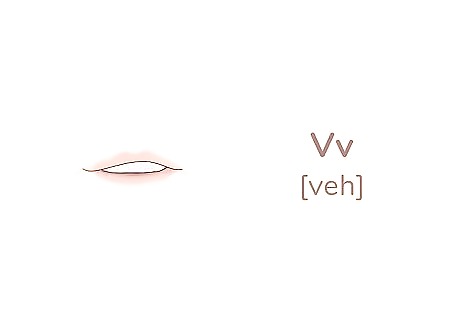
Pronounce V like "veh." Again, this is a simple pronunciation. Rhymes with "day."
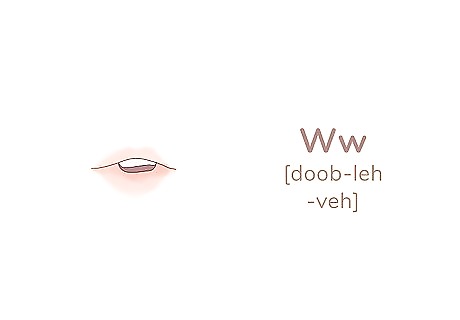
Pronounce W like "doob-leh-veh." This translates literally to "double V." Just like in English, W is essentially pronounced like 2 separate words -- "Doob-leh" and "veh." The word "double," in French, sounds a bit like "dooblay."
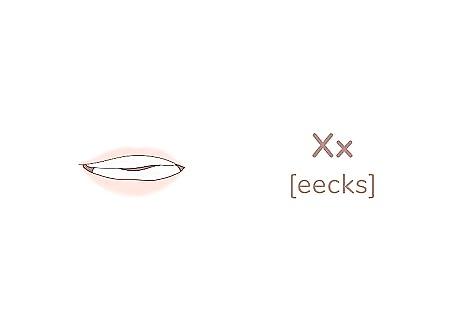
Pronounce X like "eecks." Another way to think about it is "eex." X is not a very common French letter, and sounds more an English X, just with a long E sound before the letter.
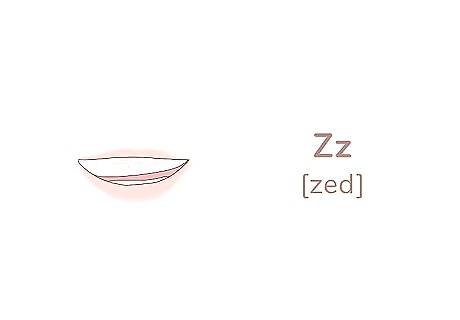
Pronounce Z like "zed." Simple and easy, this is actually how many British people pronounce Z in English.
Mastering the Difficult Sounds
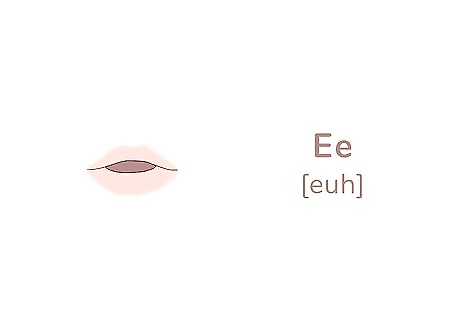
Pronounce E like "euh.' This is a very guttural sound, almost like you think something is gross or disgusting. Think of the vowel sign in the word "took," as in, "she took my example."

Pronounce G like "jeh," with a soft G sound. Think of it as saying "jeh," but elongating the j slightly so that is sounds more like an "sh" sound. Think of the G sounds in "George." The pronunciation rhymes with the English name "Shea."
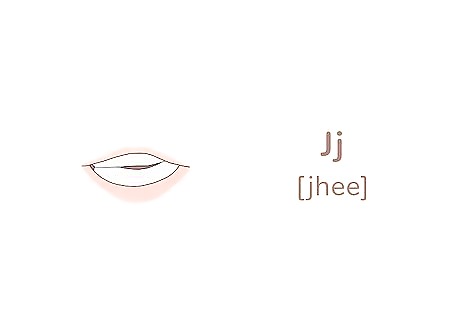
Pronounce J like "jhee." This is just like the pronunciation of G, but with an E sound instead of an A.
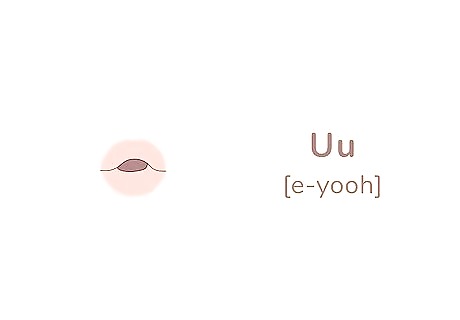
Pronounce U like "e-yooh," and know that this is probably the hardest letter to pronounce. A good trick for saying U is to start saying a hard E sound, like "eeee," then move move your lips forward as if you were saying "You." This somewhat "compound" sound is tricky, and easiest to learn by listening to native speakers. It is very similar to an exaggerated sound of disgust in English, "ewwwww," but it starts with a very pronounced E sound. Your tongue and mouth are situated like an "eee" sound. Your lips are rounded in an "O" shape.
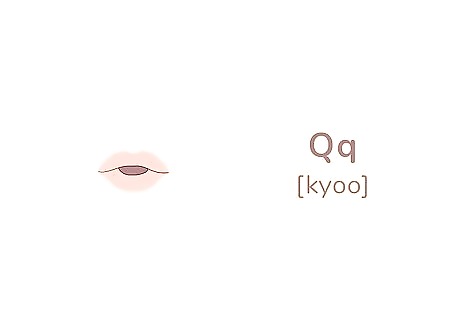
Pronounce Q like "kyoo" or "cue." It is similar to the English version, but you slightly de-emphasize the y sound in the middle. It is similar to the French pronunciation of U.
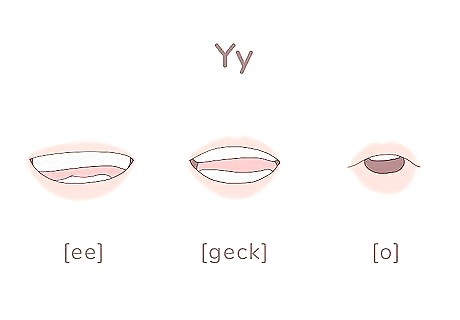
Pronounce Y like "ee-greck." The oddest pronunciation in the alphabet, Y has two sounds: "ee-greck." The second part sounds a bit like "gekko" with an R and no O. You do not, however, want to pause between "ee" and "greck." Think of it as a two syllable word.
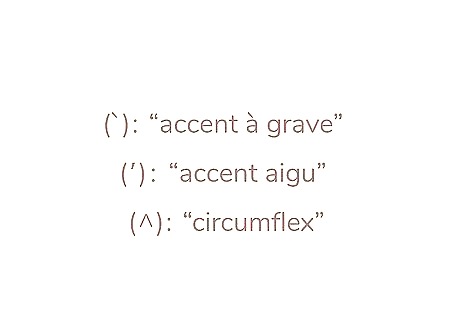
Know how to talk about the various accents. When adding accents to letters, such as when spelling something for someone, you usually add the inflection or mark after the letters. So, for "è" you would say "e, accent à grave," (or, phonetically, "eh, ak-cent ah grav"). The accents are pronounced: A right pointing dash (`) is an "accent à grave." Pronounce "ah-grav." A left-pointing dash (such as in é), is an "accent aigu." Pronounce "ah-goo." A point up (^) is known as a "circumflex." It is pronounced just like it looks.
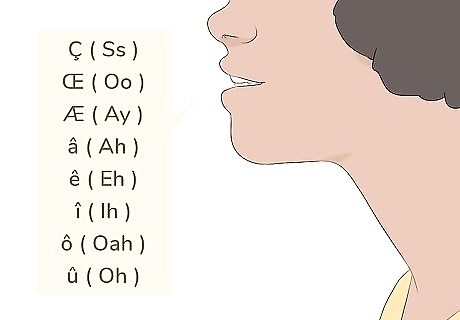
Learn to pronounce the special characters. French has a few extra letters and combinations, which brings the total to 34 letters. The additional ones are: Ç ( Ss ) (Also known as a çedilla, or "sirdiya") Œ ( Oo ) Æ ( Ay ) â ( Ah ) ê ( Eh ) î ( Ih ) ô ( Oah ) û ( Oh ).
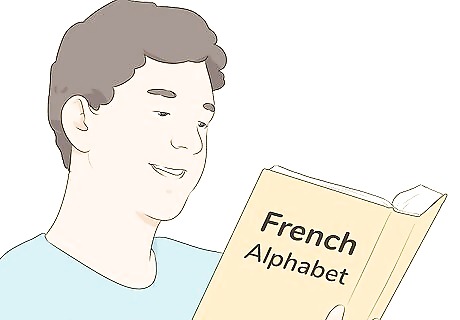
Review the pronunciation of the entire alphabet. Once you have them all down. try saying them in order to practice your pronunciation: A (ahh), B (bay), C (say), D (day), E (euh), F (f),G (jhay), H (ahsh), I (ee), J (jhee), K (kaa), L (l), M (m), N (n), O (o), P (pay), Q (kyoo), R (err(rolled r)), S (es), T (tay), U (e-yooh), V (vay), W (dooblay-vey), X (ix), Y (ee-greck), Z (zed).

















Comments
0 comment